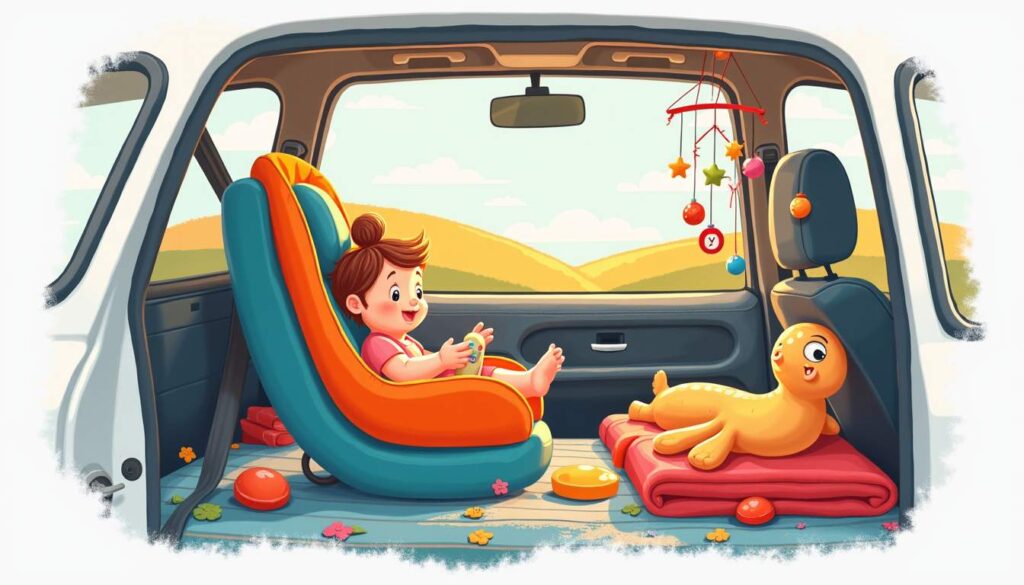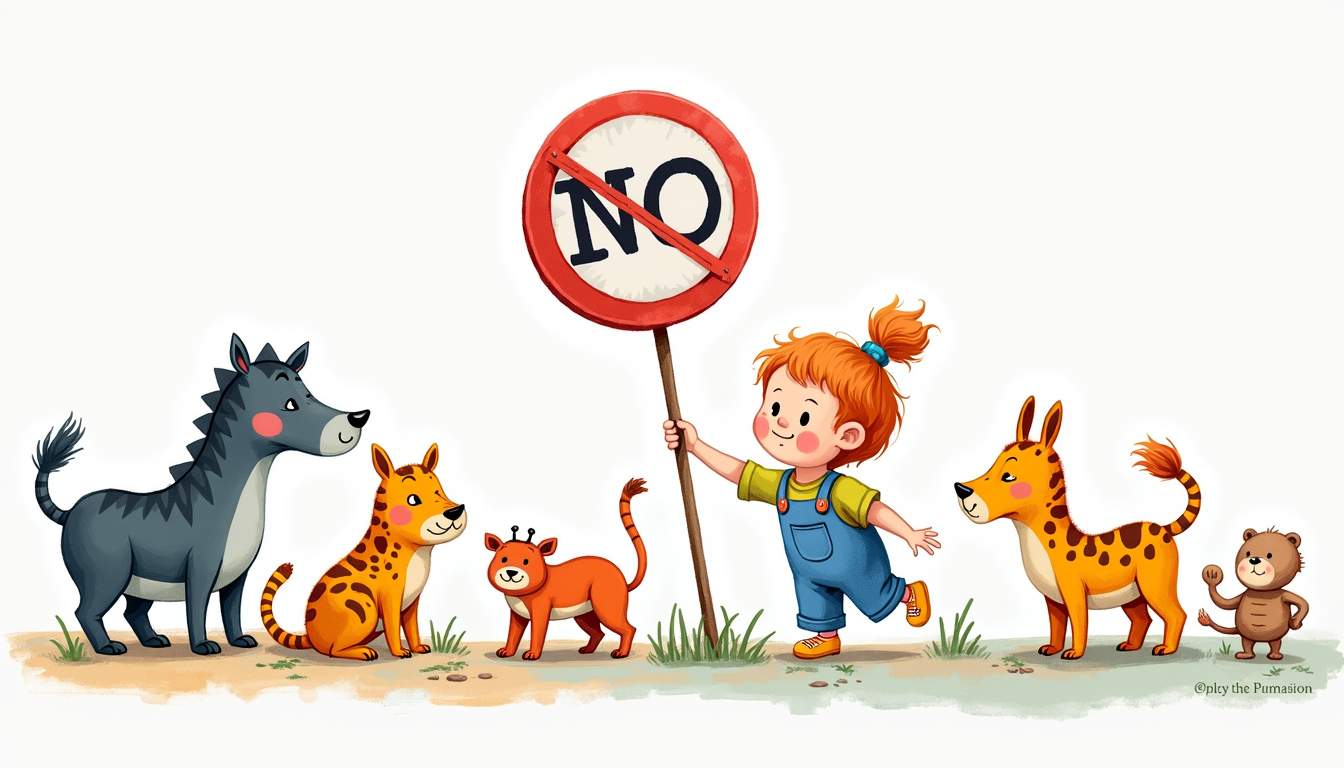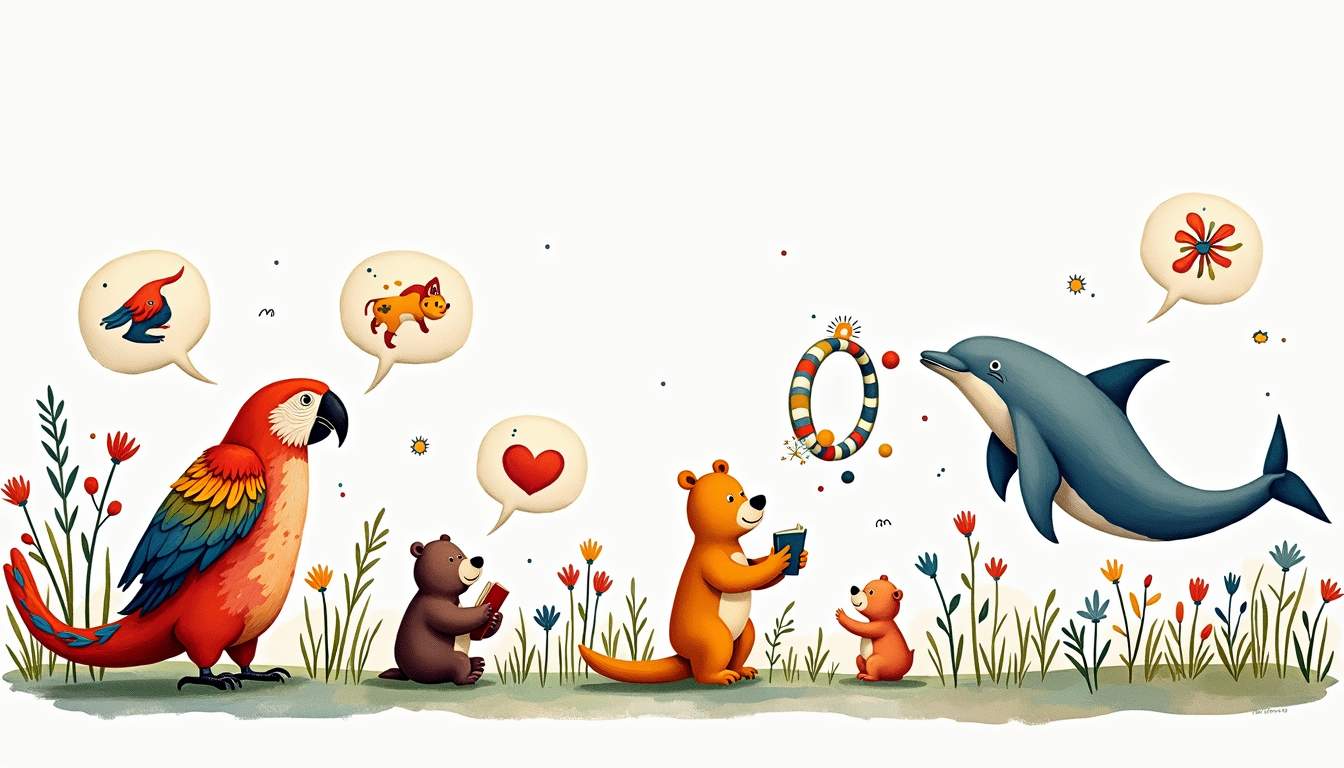Understanding the Reasons Behind Your Baby’s Discomfort
Car rides can be a source of joy for many families, but for some babies, they can turn into a distressing experience. Understanding the reasons why your baby might hate car rides is the first step in addressing the issue. Babies are sensitive to their environment, and several factors can contribute to their discomfort during travel.

Physical Discomfort
One of the primary reasons babies may dislike car rides is physical discomfort. Infants have delicate bodies, and being strapped into a car seat for extended periods can lead to feelings of restriction. The angle of the car seat, the tightness of the straps, or even the temperature inside the car can all play a role in how comfortable your baby feels.
Additionally, the vibrations and sounds of the car can be overwhelming. Babies are accustomed to the gentle rocking and soothing sounds of the womb, and the sudden shift to the noise of a moving vehicle can be jarring. It is essential to ensure that the car seat is appropriately adjusted and that the temperature is comfortable for your little one. Frequent breaks during long trips can also help alleviate discomfort; allowing your baby to stretch and move around can make a world of difference in their overall mood.
Separation Anxiety
As babies grow, they develop a sense of attachment to their caregivers. This attachment can lead to separation anxiety, especially during car rides when they may feel isolated in their car seat. The inability to see their parents or caregivers can trigger feelings of anxiety and distress.
To help ease this anxiety, parents can try sitting in the back seat with the baby during rides. This way, the baby can see and hear their caregiver, which can provide a sense of security. Additionally, bringing along a favorite toy or blanket can help comfort the baby during the journey. Engaging in gentle conversation or singing familiar songs can also create a reassuring atmosphere, reinforcing the bond between the caregiver and the baby, making the ride feel less intimidating.
Overstimulation
Car rides can also be overstimulating for babies. The fast-moving scenery, combined with the sounds of the car and other vehicles, can create a sensory overload. Babies are still learning to process their surroundings, and too much stimulation can lead to fussiness and tears.
To combat this, consider using sunshades to reduce glare and distractions from outside. Soft music or white noise can also help create a calming atmosphere within the car. Keeping the car environment as soothing as possible can make a significant difference in your baby’s comfort level during rides. Additionally, planning your trips around your baby’s nap schedule can be beneficial; many babies will sleep through the ride if they are already tired, allowing for a more peaceful travel experience for everyone involved.
Strategies to Make Car Rides More Enjoyable
Once the reasons for your baby’s discomfort are understood, the next step is to implement strategies that can help make car rides more enjoyable. There are various techniques that parents can use to create a more pleasant experience for their little ones.

Choose the Right Time
Timing can make a significant difference in how your baby reacts to car rides. Planning trips around your baby’s schedule can help ensure that they are well-rested and fed before hitting the road. If possible, try to take car rides during nap times. Many babies will fall asleep in the car, making the journey more peaceful for everyone involved.
Additionally, consider the duration of the ride. Shorter trips may be more manageable for babies who are particularly sensitive to car travel. Gradually increasing the length of rides can help them adjust to longer journeys over time. You might also want to take note of your baby’s mood patterns; some babies are more irritable during certain times of the day. Observing these patterns can help you choose the optimal time for travel, ensuring a smoother ride.
Engage Your Baby
Engaging your baby during car rides can help distract them from any discomfort they may be feeling. Singing songs, playing games, or talking to your baby can create a more interactive experience. Babies love to hear their caregiver’s voice, and this interaction can provide comfort and reassurance.
Bringing along toys or books can also keep your baby entertained. Soft toys that are easy to grasp or crinkle can be particularly appealing. Just ensure that any toys are safe for use in a car seat and cannot become projectiles in the event of sudden stops. You might also consider rotating toys to keep things fresh and exciting; introducing a new toy or a different book can capture their attention and make each ride feel like a new adventure.
Make the Car Seat Cozy
Creating a cozy environment in the car seat can greatly improve your baby’s comfort during rides. Consider using a soft, breathable blanket or a car seat cover to provide extra cushioning. Many parents find that a car seat insert designed for infants can help support their baby’s body and make them feel more secure.
Additionally, check the car seat straps to ensure they are not too tight or too loose. A snug fit is essential for safety, but it should not cause discomfort. Adjusting the straps to fit your baby properly can make a world of difference. You might also want to consider the temperature inside the car; ensuring that the climate is comfortable can prevent your baby from becoming too hot or too cold, which can lead to fussiness. A light, breathable sunshade can also help keep the sun out of your baby’s eyes, creating a more pleasant atmosphere for the journey.
When to Seek Professional Help
While many babies go through phases of discomfort during car rides, persistent issues may warrant a visit to a pediatrician. If your baby consistently cries or shows signs of distress during car rides, it may be time to seek professional advice. It is essential to recognize that while some fussiness is normal, ongoing distress could indicate that something more significant is at play. Parents should trust their instincts; if something feels off, it’s always better to err on the side of caution and consult a healthcare provider.
Identifying Underlying Issues
Sometimes, a baby’s aversion to car rides can be linked to underlying medical issues. Conditions such as reflux or ear infections can cause discomfort when seated in a car. A pediatrician can help identify any potential health concerns that may be contributing to your baby’s distress. Furthermore, other factors like motion sickness, which can develop as a baby grows, may also be a reason for their discomfort. Understanding these potential issues can help parents address the root cause rather than just the symptoms.
Additionally, if your baby exhibits signs of anxiety or fear beyond typical fussiness, it may be beneficial to consult with a child psychologist. They can provide strategies to help your baby cope with their feelings and develop a more positive association with car travel. Techniques such as gradual desensitization, where the baby is slowly introduced to the car environment in a non-threatening way, can be beneficial. Engaging in playful activities related to the car, like reading books about cars or playing with toy vehicles, can also help ease their apprehension.
Monitoring Developmental Changes
As babies grow and develop, their preferences and tolerances can change. What may have been a source of distress at three months old might not be an issue at six months. Monitoring your baby’s development and adjusting your approach to car rides accordingly is essential. For instance, as babies gain more control over their bodies and become more aware of their surroundings, they may become more curious and less anxious about the car environment. Keeping track of these developmental milestones can provide insight into how to make car rides more enjoyable for both the baby and the parents.
Parents should remain patient and flexible, understanding that each baby is unique. Keeping an open line of communication with healthcare professionals can provide valuable insights into your baby’s changing needs. Additionally, sharing experiences with other parents can also be beneficial, as they may have encountered similar challenges and can offer practical advice or solutions that worked for them. Engaging in community discussions, whether online or in person, can help parents feel supported and empowered in navigating the complexities of car travel with their little ones.
Creating Positive Associations with Car Rides
Building a positive association with car rides can take time, but it is entirely possible. By incorporating fun and enjoyable experiences into your travel routine, you can help your baby learn to love being in the car.

Incorporate Fun Destinations
Choosing fun destinations can make car rides more appealing for your baby. Whether it’s a trip to the park, a visit to a family member, or a scenic drive, having a fun goal can create excitement around the journey. Make the destination something your baby will enjoy, and they may start to associate car rides with positive experiences.
Additionally, consider planning short outings that allow for exploration. Frequent stops to stretch and play can break up longer rides and keep your baby engaged. Allowing them to experience new sights and sounds can also help foster a love for travel.
Establish a Routine
Establishing a consistent routine around car rides can provide a sense of security for your baby. Whether it’s a specific song you sing before getting in the car or a favorite toy that always goes along for the ride, routines can help create predictability. This predictability can reduce anxiety and make your baby more comfortable with the experience.
Over time, these routines can help your baby feel more at ease in the car, leading to more enjoyable rides. Consistency is key, and parents should aim to create a positive environment that encourages relaxation and comfort.
Final Thoughts
Car rides can be challenging for babies, but with understanding and patience, parents can help their little ones develop a more positive relationship with travel. By addressing the underlying reasons for discomfort, implementing engaging strategies, and creating enjoyable experiences, it is possible to transform car rides into a source of joy for both baby and parent.
Every baby is unique, and what works for one may not work for another. Therefore, it is essential to remain flexible and open to trying different approaches. With time and effort, car rides can become a cherished part of family life, filled with adventure and bonding moments.










